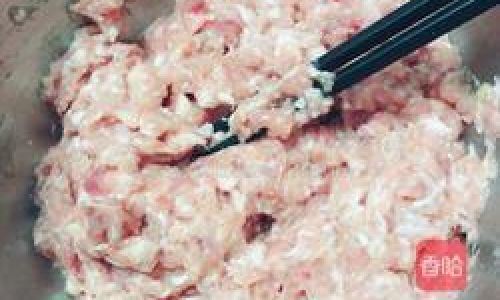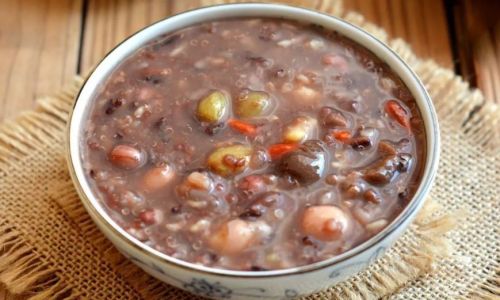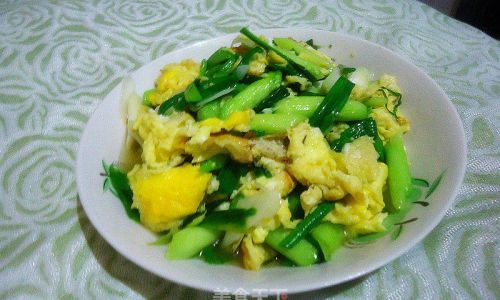Table of content
Introduction
Crafting homemade baby food is a labor of love that allows parents to prioritize nutrition, taste, and safety. Among the most cherished recipes for little ones are baby crispy sausages—a finger food favorite that combines tender meat, subtle seasoning, and a satisfying crunch. Unlike store-bought alternatives, which may contain additives or excessive sodium, homemade versions empower caregivers to control ingredients, textures, and flavors. This article guides you through creating wholesome, delicious baby crispy sausages from scratch, ensuring your child enjoys a meal that is as nourishing as it is irresistible.
Why Homemade Baby Crispy Sausages?
Store-bought sausages often rely on preservatives, fillers, and artificial flavorings to extend shelf life and enhance taste. For babies with developing digestive systems and sensitive palates, these additives can cause discomfort or disinterest. Homemade sausages eliminate such concerns, offering:

- Customizable Ingredients: Choose lean meats, fresh vegetables, and mild herbs tailored to your baby’s preferences.
- Controlled Texture: Adjust the softness or crispiness to suit your child’s chewing abilities.
- Nutrient Density: Packed with protein, vitamins, and minerals from whole foods.
- Cost Efficiency: Bulk-preparing sausages reduces waste and saves money over time.
Crispy sausages also serve as an excellent tool for encouraging self-feeding, a critical milestone in baby-led weaning. Their manageable size and crunchy exterior stimulate sensory exploration while promoting fine motor skills.
Ingredients: The Foundation of Flavor
The beauty of this recipe lies in its flexibility. Below is a base formula, with options for customization to suit dietary needs or taste preferences.
Base Ingredients
- 500g ground meat (chicken, turkey, pork, or beef; opt for lean cuts to reduce fat)
- ½ cup breadcrumbs (preferably whole-grain or panko for extra crunch)
- ¼ cup milk (dairy or plant-based, such as almond or oat)
- 1 large egg (or flaxseed egg for vegan adaptation)
- ¼ cup finely grated vegetables (carrots, zucchini, or sweet potato work well)
- 1 small onion or shallot, minced
- 1 garlic clove, minced (optional)
- 1 tsp mild herbs (parsley, thyme, or dill)
- ½ tsp sweet paprika (for color and mild flavor)
- Salt and pepper (omit for babies under 12 months; use sparingly for toddlers)
Optional Additions
- 1 tbsp grated Parmesan (for added richness)
- 1 tsp tomato paste (for subtle sweetness)
- ¼ tsp ground cumin (for a hint of warmth)
Equipment Checklist
- Meat grinder or food processor (to achieve a smooth, cohesive texture)
- Sausage stuffer or piping bag (for shaping; see alternatives below)
- Mixing bowls
- Baking sheet
- Parchment paper
- Skillet or non-stick pan
Step-by-Step Guide to Perfect Baby Crispy Sausages
Preparing the Meat Mixture
Step 1: Soak the Breadcrumbs
In a small bowl, combine breadcrumbs and milk. Let sit for 5 minutes until the mixture resembles a thick paste. This step ensures moisture and prevents dry sausages.
Step 2: Sauté Aromatics
In a skillet over medium heat, sauté minced onion and garlic (if using) in a drizzle of olive oil until translucent. Add grated vegetables and cook until softened, about 3–4 minutes. Remove from heat and let cool.

Step 3: Combine Ingredients
In a large mixing bowl, combine ground meat, soaked breadcrumbs, sautéed vegetables, egg, herbs, and spices. Using clean hands or a rubber spatula, mix gently until just combined. Avoid overmixing, as this can result in tough sausages.
Pro Tip: For a smoother texture, process the mixture in a food processor for 10–15 seconds. This is particularly helpful for babies transitioning to textured foods.
Shaping the Sausages
Option 1: Using Sausage Casings
Natural casings (made from animal intestines) or collagen casings provide an authentic shape and snap. Rinse casings thoroughly under cold water, then slide them onto the sausage stuffer nozzle. Fill the stuffer with the meat mixture and twist the casing into 3–4 inch links. Prick each sausage with a toothpick to prevent bursting during cooking.
Option 2: Freeform Shaping
If casings are unavailable, shape the mixture into small patties or logs using your hands. Place them on a parchment-lined baking sheet and refrigerate for 30 minutes to firm up.

Option 3: Piping Bag Method
For a uniform shape, transfer the meat mixture to a piping bag fitted with a large round tip. Pipe 3-inch logs onto the baking sheet.
Cooking Methods: Crispy Perfection
Method 1: Pan-Frying (for Maximum Crispiness)
- Heat a non-stick skillet over medium heat and add a teaspoon of oil.
- Arrange the sausages in a single layer, ensuring they don’t touch.
- Cook for 4–5 minutes per side until golden brown and cooked through.
- Drain on paper towels to remove excess oil.
Method 2: Baking (for Healthier Option)
- Preheat the oven to 375°F (190°C).
- Place sausages on a parchment-lined baking sheet.
- Bake for 20–25 minutes, flipping halfway, until crisp and cooked internally.
Method 3: Air-Frying (for Speed)

- Preheat the air fryer to 375°F (190°C).
- Lightly coat sausages with cooking spray.
- Cook for 10–12 minutes, shaking the basket halfway, until golden.
Testing for Doneness
Insert a meat thermometer into the thickest part of a sausage—it should read 165°F (74°C) for poultry or 160°F (71°C) for pork/beef. Alternatively, slice one open to ensure no pinkness remains.
Tips for Success
- Flavor Balance: Babies prefer mild tastes. Avoid overly spicy or salty seasonings.
- Texture Control: For younger babies, blend the meat mixture until smooth before shaping.
- Freezing: Lay uncooked sausages on a baking sheet, freeze until solid, then transfer to a freezer-safe bag. Cook directly from frozen, adding 2–3 minutes to the cooking time.
- Batch Cooking: Double the recipe and freeze portions for quick meals.
Safety and Nutritional Considerations
- Choking Hazards: Ensure sausages are cut into small, manageable pieces for babies under 12 months.
- Allergens: Substitute eggs with applesauce or mashed banana if needed. Use gluten-free breadcrumbs for gluten sensitivity.
- Nutrition: A single serving (2–3 sausages) provides:
- Protein: 12–15g (supports muscle growth)
- Iron: From meat, essential for cognitive development
- Vitamin A: From vegetables, aiding vision and immunity
Variations to Explore
- Vegetarian Twist: Replace meat with a blend of lentils, quinoa, and grated beetroot.
- Fish Option: Use salmon or cod fillets, mixed with mashed potato for binding.
- Cheese-Stuffed Surprise: Insert a small cube of cheddar into the center of each sausage before cooking.
Troubleshooting Guide
- Sausages Falling Apart: Add 1–2 tbsp of oat flour or cornstarch to the mixture.
- Too Dry: Increase milk by 1 tbsp or add a dollop of Greek yogurt.
- Casing Bursting: Prick sausages generously before cooking and avoid overstuffing.
Serving Suggestions
Pair these sausages with:
- Steamed broccoli florets
- Mashed sweet potato
- Quinoa or brown rice
- A side of apple slices for dipping
For older toddlers, serve them in a whole-grain bun with avocado slices or a tomato-based dipping sauce.
Conclusion
Homemade baby crispy sausages are more than a meal—they are a testament to the care and creativity you invest in your child’s nutrition. By mastering this recipe, you gain the freedom to experiment with flavors, textures, and ingredients, ensuring your little one’s palate remains excited and well-nourished. Whether pan-fried to golden perfection or baked for a lighter touch, these sausages offer a winning combination of convenience, health, and joy. So, roll up your sleeves, embrace the sizzle of the skillet, and watch your baby delight in every crunchy bite. After all, there’s no greater satisfaction than knowing you’ve crafted a meal that nourishes both body and soul.







0 comments